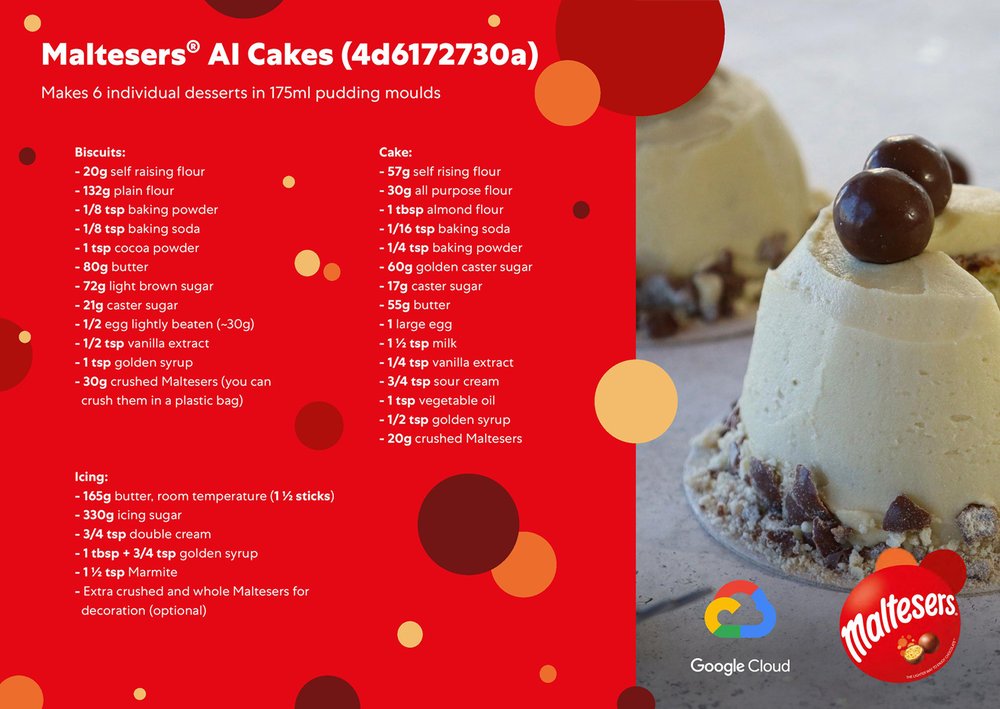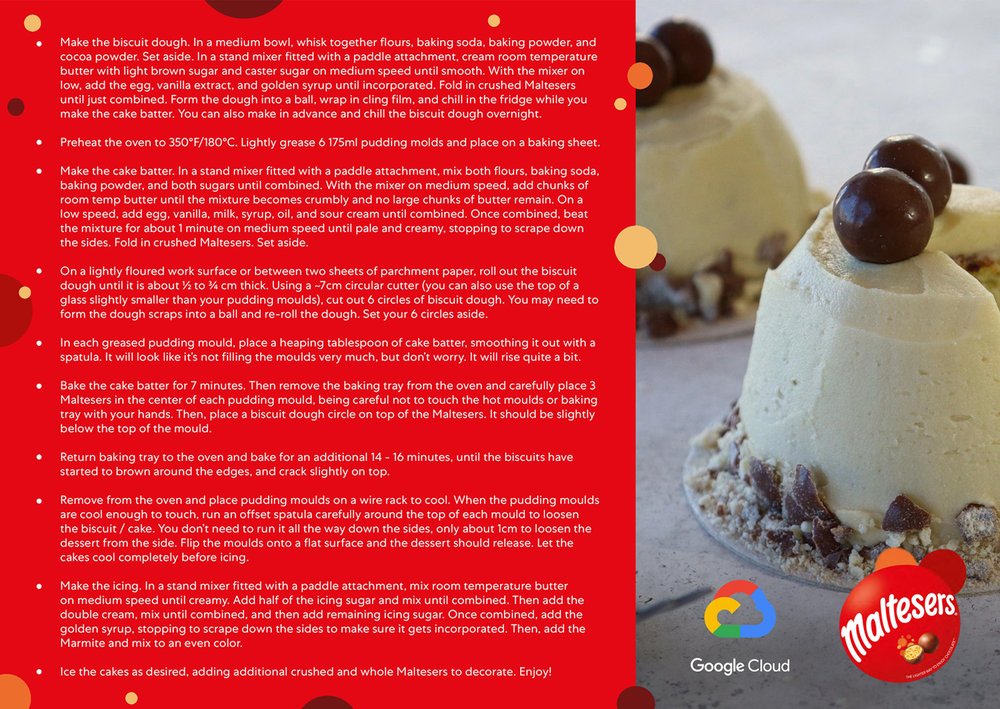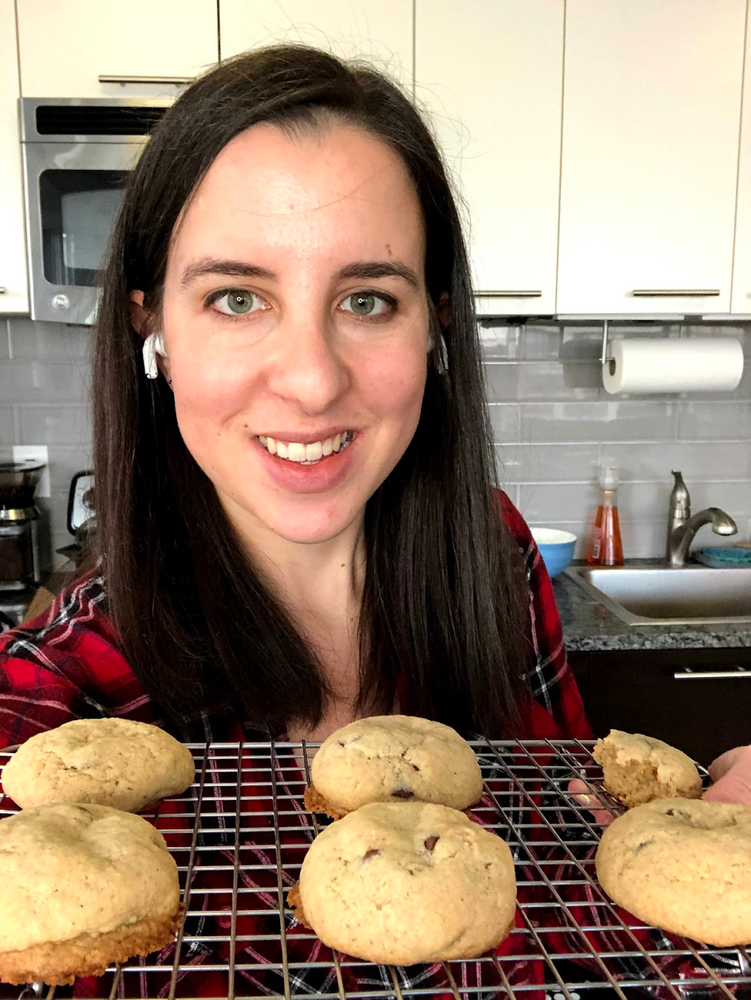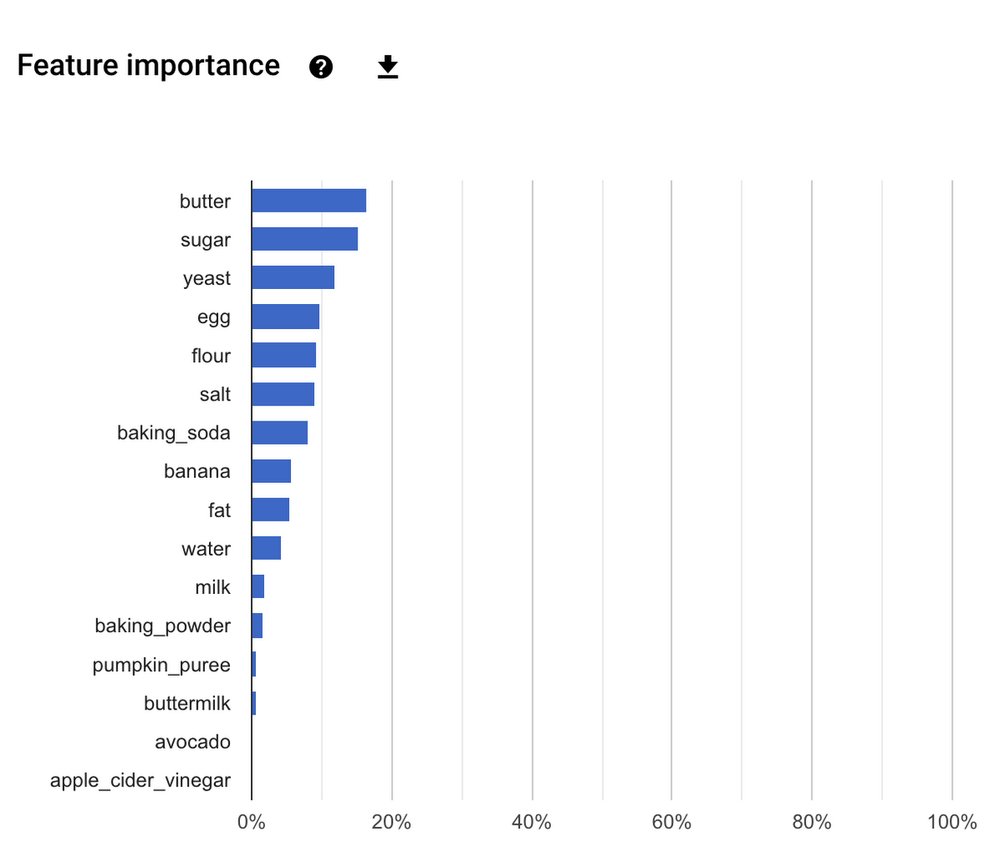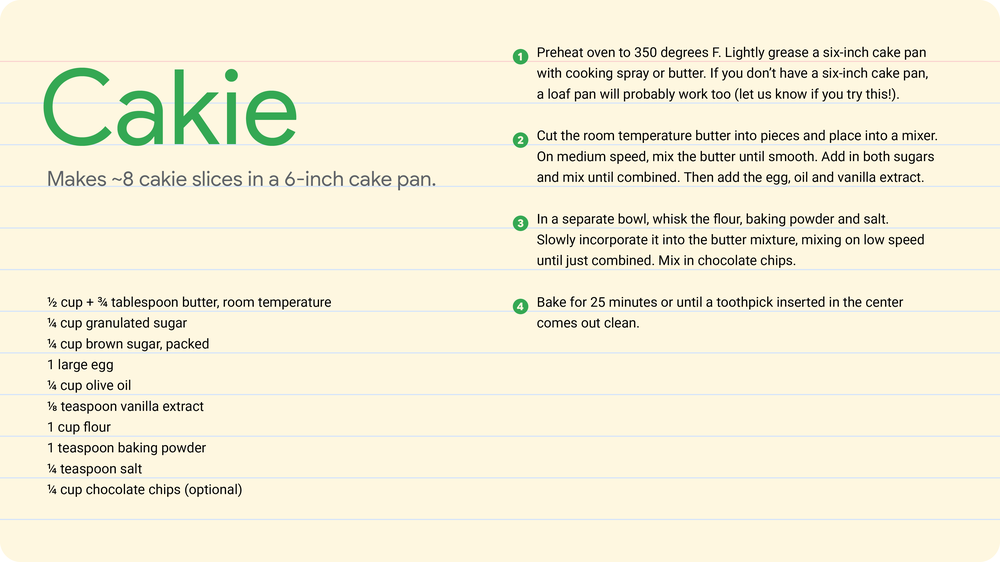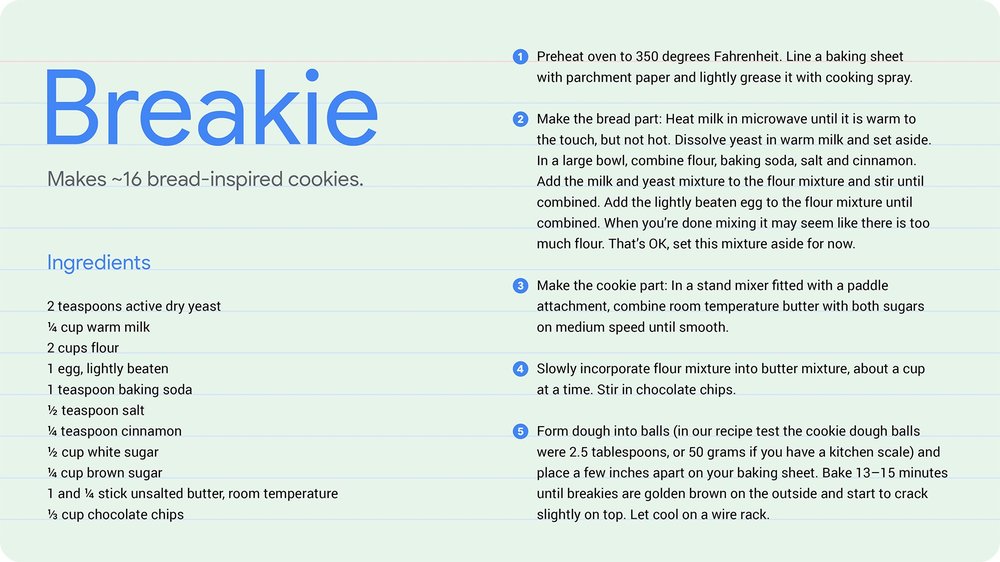Baking is something that I like to do to relax; spending leisurely evenings creating something beautiful with as much care and precision as possible. Baking with AI—blending my day job as a machine learning engineer with one of my favorite hobbies—makes this experience even better. Plus, the serendipitous nature of building the model, arriving at a new and unique recipe and then testing it in the kitchen, is incredibly fun.
So, when legendary confectioner Mars Wrigley approached us for a Maltesers + AI kitchen collaboration, I jumped at the chance. Maltesers are a popular British candy made by Mars. They have an airy malted milk center with a delicious chocolate coating.
Like so many others, I jumped on the baking bandwagon during the pandemic and baked up a storm throughout 2020. According to Google Search Trends, in 2021 people searched for “baking” 44% more when compared to the same time last year. You might even say the trend continues to rise.
But what were people actually searching for in the UK and could it inspire a new recipe for Mars Wrigley? I discovered that one of the top searched questions recently regarding “sweet and salty” was “Is Marmite sweet or savory?” Knowing how popular Marmite is in the UK, I decided it must be included in my newest creation. My goal was to use machine learning to create the base recipe for this dessert, and then find tasty ways to incorporate both Maltesers and Marmite.
I created a new machine learning model and fed it hundreds of existing recipes for cakes, cookies, scones and traybakes. After the model learned the combinations of ingredients that make up these baked goods, I had it generate recipes for each of them. Unlike most ML models, this one required testing in the kitchen to make sure the ingredient combinations generated by the model produced baked goods you’d actually want to eat. Picture me and my laptop in a cloud of flour, tasting batter and frosting, and eating way too many Maltesers along the way.
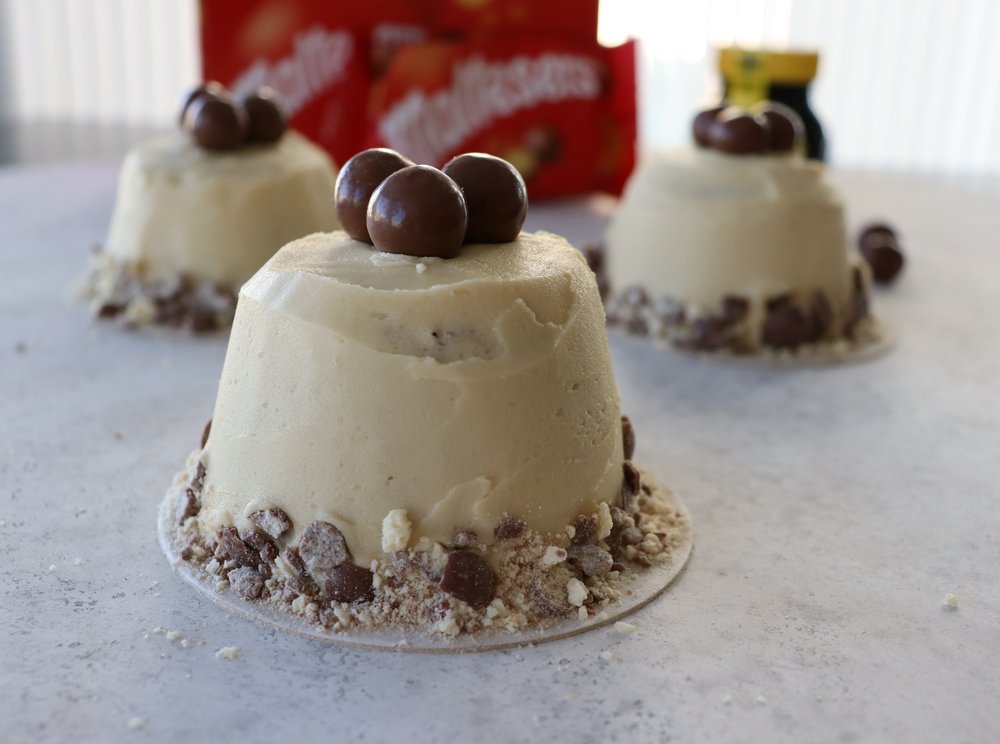
Maltesers® AI Cakes
I’m skipping a lot of the ML magic! For a technical deep dive on how the AI works, see this blog post. For baking enthusiasts, these pictures share a little more of the process. Midway through baking the cake, I added three surprise Maltesers in the middle, and a cookie layer on top (which becomes the bottom when you flip these out). Yum!
Where’s the Marmite, I hear you say!? I whipped up a Marmite-infused buttercream topping. It’s delicious! Don’t believe me? See the recipe below, give it a whirl and let me know what you think. Share photos on Twitter or Instagram using the hashtag #BakeAgainstTheMachine, and head over to BakeAgainsttheMachine.co.uk to learn more about this project from Mars and find more special Maltesers recipes. I can’t wait to see your creations!
